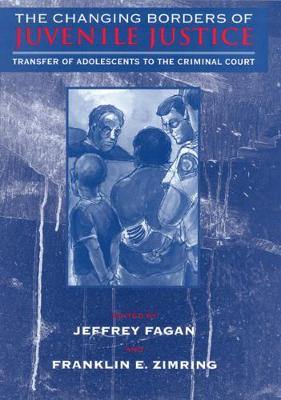John D. and Catherine T. MacArthur Foundation Series on Mental Health and Development
1 total work
The Changing Borders of Juvenile Justice
Published 1 September 2000
Since the 1960s, recurring cycles of political activism over youth crime have motivated efforts to remove adolescents from the juvenile court. Periodic surges of crime - youth violence in the 1970s, the spread of gangs in the 1980s, and more recently, epidemic gun violence and drug-related crime - have spurred laws and policies aimed at narrowing the reach of the juvenile court. Despite declining juvenile crime rates, every state in the country has increased the number of youths tried and punished as adults. Research in this area has not kept pace with these legislative developments. There has not been a detailed, sociolegal analytic book devoted to this topic. In this collection, researchers discuss policy, substantive procedural and empirical dimensions of waivers, and where the boundaries of the courts lie. Part 1 provides an overview of the origins and development of law and contemporary policy on the jurisdiction of adolescents. Part 2 examines the effects of jurisdictional shifts. Part 3 offers insight into the developmental and psychological aspects of current and future reforms.
